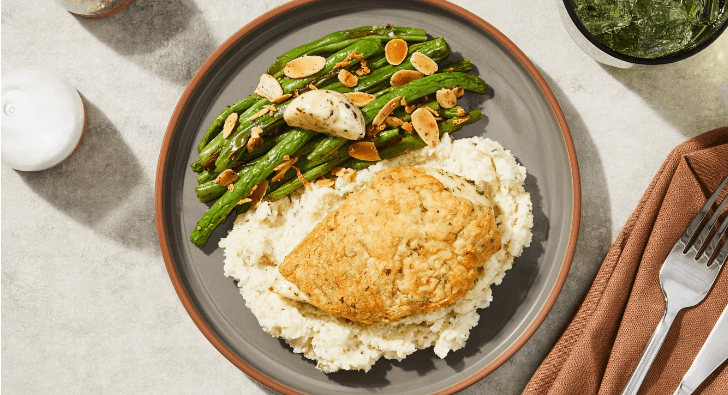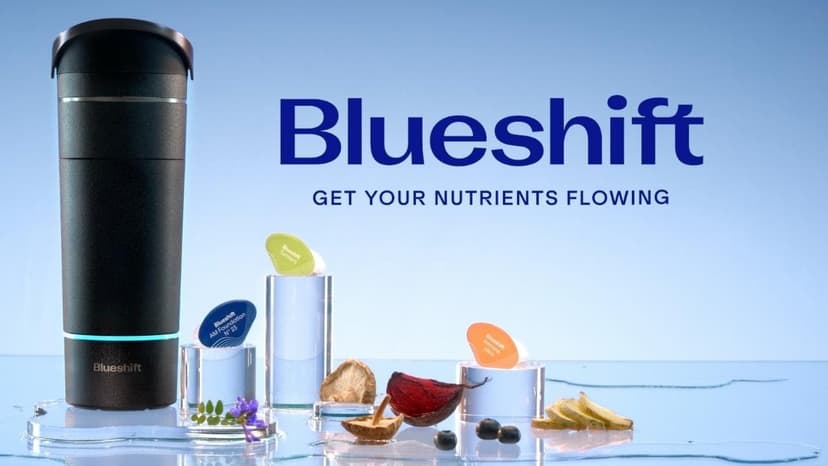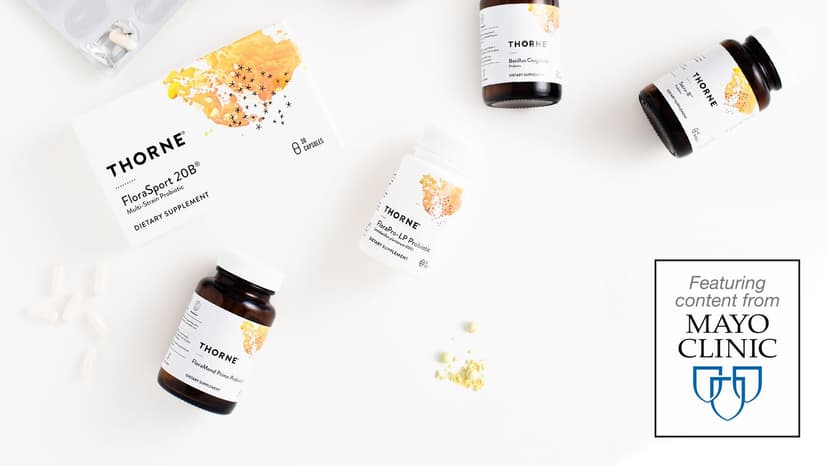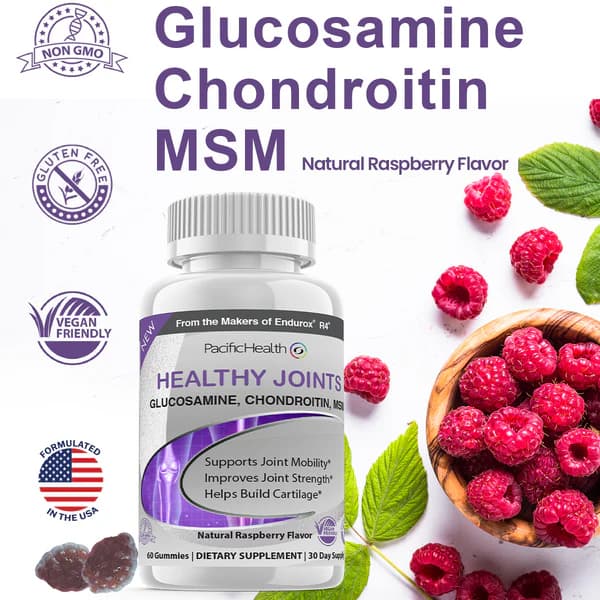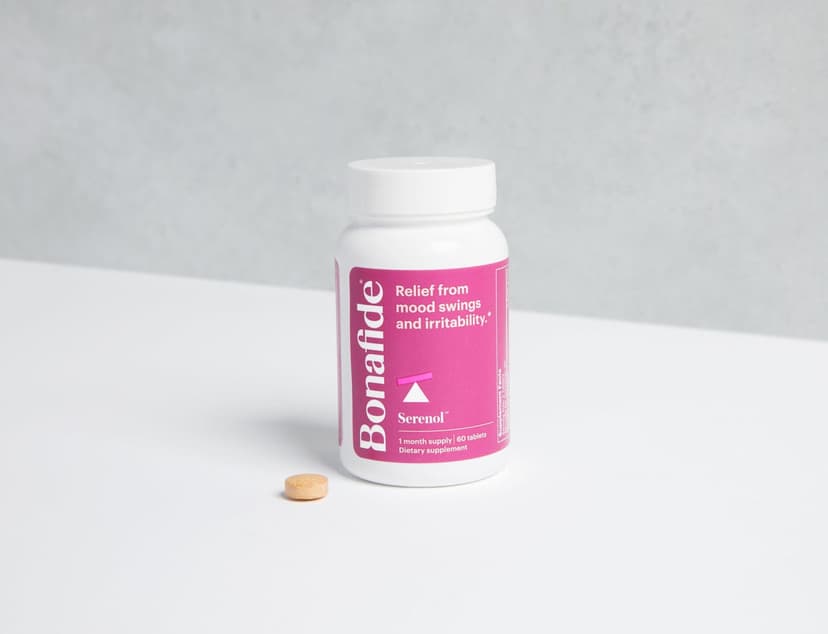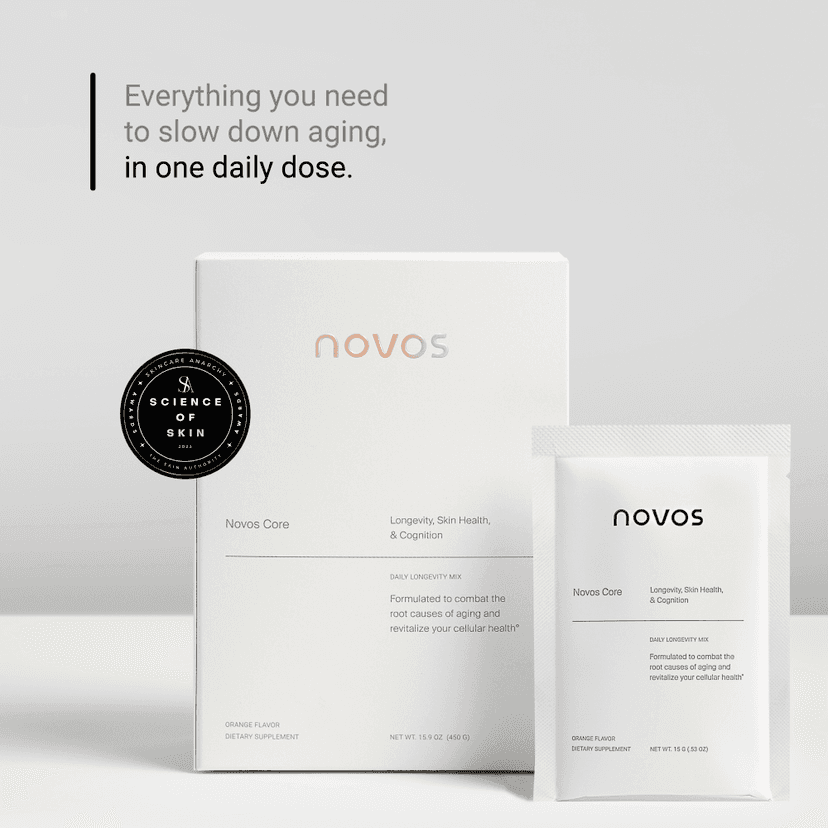Plant-based proteins are an excellent way to get the essential nutrients your body needs. Unlike many animal proteins, which are complete on their own, most plant proteins are incomplete. However, by combining different plant foods, you can ensure you get all the essential amino acids necessary for good health. This article explores the importance of complete proteins, the benefits of plant-based options, and how to effectively incorporate them into your diet.
Key Takeaways
- Plant-based proteins can provide all nine essential amino acids when combined properly.
- Foods like quinoa, soy, and hemp seeds are great sources of complete proteins.
- Eating a variety of plant foods throughout the day helps meet nutritional needs.
- Combining foods like rice and beans or peanut butter with whole grain bread creates complete proteins.
- Plant-based diets have health benefits and a lower environmental impact.
Understanding Complete and Incomplete Proteins
Definition of Complete Proteins
Complete proteins are foods that contain all nine essential amino acids that our bodies cannot produce on their own. These amino acids are crucial for various bodily functions, including muscle repair and immune support. Foods that are considered complete proteins include most animal products, but some plant-based options also fit this category.
Sources of Complete Proteins
While many animal products are complete proteins, there are several plant-based sources as well. Here are some notable examples:
- Quinoa
- Soy products (like tofu and tempeh)
- Hemp seeds
- Buckwheat
- Chia seeds
Combining Incomplete Proteins
Most plant proteins are considered incomplete because they lack one or more essential amino acids. However, you can combine different plant foods to create a complete protein. Here are some effective combinations:
- Rice and beans: Rice is low in lysine, while beans are high in it.
- Peanut butter on whole grain bread: The bread is low in lysine, but peanut butter provides it.
- Hummus with pita bread: Chickpeas in hummus are rich in lysine, complementing the wheat in pita.
By mixing various plant-based proteins throughout the day, you can ensure you get all the essential amino acids your body needs.
Benefits of Plant-Based Proteins
Health Benefits
Eating plant-based proteins can lower the risk of chronic diseases. Research shows that replacing some animal proteins with plant proteins may help reduce the chances of developing heart disease, diabetes, and certain cancers. Plant-based foods are rich in antioxidants, vitamins, and minerals that support overall health. Additionally, the fiber found in these foods can help you feel full longer and improve gut health.
Environmental Impact
Plant-based proteins are better for the planet. Producing animal-based proteins creates more greenhouse gases, which contribute to climate change. By choosing plant-based options, you can help reduce your carbon footprint and support a healthier environment.
Nutritional Advantages
Here are some key benefits of including plant-based proteins in your diet:
- Rich in Nutrients: Plant proteins provide essential vitamins and minerals.
- High in Fiber: They help with digestion and keep you feeling full.
- Lower in Saturated Fat: Plant proteins generally contain less unhealthy fat compared to animal proteins.
| Food Type | Protein (g) per Serving | Nutritional Benefits |
|---|---|---|
| Tofu | 24 | Complete protein, low in calories |
| Lentils | 18 | High in fiber, iron, and folate |
| Quinoa | 12 | Complete protein, gluten-free |
| Chickpeas | 14 | Good source of fiber and protein |
| Edamame | 18 | Rich in antioxidants and vitamins |
Including more plant-based proteins is beneficial for both your health and the environment. A little planning can help you enjoy a variety of delicious and nutritious options.
Top Plant-Based Sources of Complete Proteins
Quinoa
Quinoa is a unique grain that is considered a complete protein. It contains all nine essential amino acids, making it a great choice for those on a plant-based diet. One cup of cooked quinoa provides about 8 grams of protein. Additionally, quinoa is gluten-free and rich in minerals like magnesium and iron.
Soy Products
Soy products are another excellent source of complete proteins. They include:
- Tofu: Made from condensed soy milk, tofu is versatile and can be used in many dishes. A 3-ounce serving has about 8 grams of protein.
- Tempeh: This fermented soy product is denser and has a nutty flavor. It contains around 11 grams of protein per 3-ounce serving.
- Edamame: These young soybeans are tasty and nutritious, providing about 8 grams of protein in a half-cup serving.
Hemp Seeds
Hemp seeds are a powerhouse of nutrition. They are not only a complete protein source but also rich in healthy fats. Just 3 tablespoons of hemp seeds provide about 10 grams of protein. They can be easily added to smoothies, salads, or yogurt for an extra protein boost.
Including a variety of these complete protein sources in your diet can help ensure you get all the essential amino acids your body needs.
Combining Plant-Based Proteins for Complete Nutrition
To ensure you get all the essential amino acids your body needs, it's important to combine different plant-based proteins. By mixing various sources, you can create complete proteins that support your health.
Grains and Legumes
- Combine grains like rice or quinoa with legumes such as beans or lentils. For example, try rice and black beans or quinoa with chickpeas.
- This combination helps fill in the gaps of missing amino acids in each food.
Nuts and Seeds
- Pair nuts or seeds with whole grains. For instance, spread almond butter on whole grain toast or sprinkle chia seeds on oatmeal.
- These combinations enhance the protein quality of your meals.
Rice and Beans
- A classic combination, rice and beans together provide a complete protein profile. This dish is not only nutritious but also delicious and filling.
- You can enjoy it in various forms, such as burritos, salads, or soups.
Mixing different plant-based proteins is a simple way to ensure you meet your nutritional needs while enjoying a variety of flavors and textures in your meals.
Incorporating Plant-Based Proteins into Your Diet
Eating more plant-based proteins can be simple and fun! Here are some tips to help you include them in your meals.
Meal Planning Tips
- Plan your meals ahead of time to ensure you include a variety of plant-based proteins.
- Try to include at least one source of protein in every meal, such as beans, lentils, or tofu.
- Keep a list of your favorite plant-based protein sources handy for quick reference.
Easy Recipes
- Chickpea Salad: Mix chickpeas with diced vegetables, olive oil, and lemon juice.
- Quinoa Bowl: Combine cooked quinoa with black beans, corn, and avocado.
- Stir-Fried Tofu: Sauté tofu with your choice of vegetables and soy sauce.
Snack Ideas
- Hummus with Veggies: Dip carrots and celery in hummus for a protein-packed snack.
- Nut Butter on Whole Grain Toast: Spread almond or peanut butter on whole grain bread.
- Trail Mix: Make a mix of nuts, seeds, and dried fruit for a healthy snack.
Including plant-based proteins in your diet not only supports your health but also benefits the environment. A little creativity can go a long way in making your meals delicious and nutritious!
Common Myths About Plant-Based Proteins
Myth: Plant Proteins Are Incomplete
Many people believe that all plant proteins are incomplete, meaning they lack one or more essential amino acids. However, this is not entirely true. While most plant foods are considered incomplete, some, like quinoa and soy, are complete proteins. Additionally, by combining different plant foods, you can create a complete protein profile.
Myth: Plant Proteins Are Not Sufficient
Another common myth is that plant proteins do not provide enough protein for our needs. In reality, many plant-based foods are rich in protein. For example:
| Food | Amount | Protein (g) |
|---|---|---|
| Tofu | 1 cup | 24 |
| Lentils (cooked) | 1 cup | 18 |
| Quinoa (cooked) | 1 cup | 8 |
| Edamame | 1 cup | 18 |
Myth: Plant-Based Diets Lack Variety
Some people think that a plant-based diet is boring and lacks variety. This is far from the truth! A plant-based diet can include:
- A wide range of fruits and vegetables
- Various grains like rice, quinoa, and oats
- Different legumes such as beans, lentils, and peas
- Nuts and seeds for healthy fats and protein
Plant-based diets can be colorful, flavorful, and satisfying. With a little creativity, you can enjoy a diverse range of meals that are both nutritious and delicious.
Essential Amino Acids in Plant-Based Diets
Role of Amino Acids
Amino acids are the building blocks of proteins. They play a crucial role in many body functions, including muscle growth, tissue repair, and hormone production. There are 20 different amino acids, but nine of them are essential, meaning your body cannot produce them and you must get them from your diet.
Sources of Essential Amino Acids
Here are the nine essential amino acids:
- Histidine
- Isoleucine
- Leucine
- Lysine
- Methionine
- Phenylalanine
- Threonine
- Tryptophan
- Valine
While many animal products provide all nine essential amino acids, most plant-based proteins are considered incomplete. However, by combining different plant foods, you can still meet your amino acid needs.
Balancing Amino Acid Intake
To ensure you get all essential amino acids, consider these combinations:
- Grains and Legumes: Pair rice with beans or lentils.
- Nuts and Seeds: Add nuts to your meals for extra protein.
- Soy Products: Include tofu or tempeh, which are complete proteins.
Eating a variety of plant-based foods throughout the day can help you achieve a balanced intake of essential amino acids.
Conclusion
In conclusion, adding more plant-based proteins to your meals is beneficial for both your health and the environment. With a bit of planning and creativity, you can explore the many plant-based protein options available to nourish your body. Remember, you don’t need to get all the essential amino acids in one meal; just aim for a variety of foods throughout the day. For a tasty way to incorporate plant-based protein, try our Sweet Potato Black Bean Burgers recipe!
Frequently Asked Questions
What are complete proteins?
Complete proteins are foods that contain all nine essential amino acids that our body needs. These amino acids are important for building and repairing tissues.
Can I get enough protein from a plant-based diet?
Yes! You can get enough protein from plant-based foods like beans, lentils, nuts, and seeds. Just make sure to eat a variety of them.
What are some examples of plant-based complete proteins?
Some plant-based complete proteins include quinoa, soy products like tofu and tempeh, and hemp seeds.
How can I combine plant proteins to get complete nutrition?
You can combine different plant proteins, like rice and beans or peanut butter on whole grain bread, to ensure you get all essential amino acids.
Are there any health benefits to eating plant-based proteins?
Yes, plant-based proteins can help lower the risk of chronic diseases, provide fiber, and are better for the environment compared to animal proteins.
What should I consider when incorporating plant-based proteins into my diet?
It's important to eat a wide variety of plant proteins to ensure you get all the essential amino acids your body needs.
